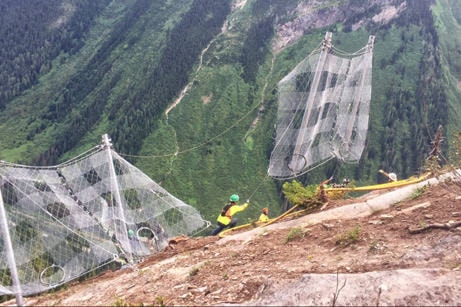An Avalanche Detection Network will be installed on the Trans-Canada Highway in Glacier National Park.
Minister of Environment and Climate Change and Minister responsible for Parks Canada, Catherine McKenna, announced the project that will improve safety for visitors travelling through or visiting the park during the winter.
The Avalanche Detection Network will be the first of its kind in Canada and the largest, most extensive detection network in the world.
The $18 million project will be funded with federal infrastructure funding.
The monitoring instruments, located near avalanche paths along the Trans-Canada Highway in Rogers Pass, will use radar and infrasound technology to provide real-time avalanche activity information.
The system will provide early warning of increasing avalanche activity, promoting faster response, greater safety for travellers, and an overall reduction in highway closure time.
The techonology will provide information for the avalanche control program which is managed by Parks Canada and the Canadian Armed Forces.
This builds upon measures put in place to reduce avalanche risk, including several new Remote Avalanche Control Systems and 2,200 metres of netting that hold the snow pack in place on steep mountain terrain where avalanches would traditionally start.
In Rogers Pass, there are 134 avalanche paths that affect the Trans-Canada Highway, along the 42 km section in Glacier National Park, making it one of the most complex highway avalanche programs in the world.
